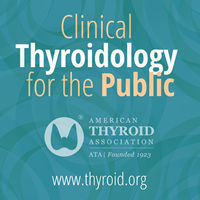Abstract
The alpine meadow ecosystem is one of the major vegetation biomes on the Qinghai–Tibetan Plateau, which hold substantial quantities of soil organic carbon. Pronounced grassland degradations (induced by overgrazing/climate change and further exacerbated by the subterranean rodent activities) that have widely occurred in this ecosystem may significantly alter the non-growing season carbon turnover processes such as carbon dioxide (CO2) efflux, but little is known about how the non-growing season CO2 emissions respond to the degradation (particularly the exacerbated degradations by plateau zokor), as most previous studies have focused primarily on the growing season. In this study, the effects of four degradation levels (i.e., the healthy meadow (HM), degraded patches (DP), 2-year-old zokor mounds (ZM2), and current-year zokor mounds (ZM1)) on CO2 emissions and corresponding environmental and agronomic variables were investigated over the two non-growing seasons under contrasting climatic conditions (a normal season in 2013–2014 and a "warm and humid" season in 2014–2015). The temporal variation in the non-growing season CO2 emissions was mainly regulated by soil temperature, while increasing degradation levels reduced the temperature sensitivity of CO2 emissions due to a reduction in soil water content. The cumulative CO2 emissions across the non-growing season were 587–1283 kg C ha−1 for all degradation levels, which varied significantly (p < 0.05) interannually. The degradation of alpine meadows significantly (p < 0.05) reduced the vegetation cover and aboveground net primary productivity as well as the belowground biomass, which are typically thought to decrease soil CO2 emissions. However, the non-growing season CO2 emissions for the degraded meadow, weighted by the areal extent of the DP, ZM2, and ZM1, were estimated to be 641–1280 kg C ha−1, which was significantly higher (p < 0.05) as compared with the HM in the warm and humid season of 2014–2015 but not in the normal season of 2013–2014. Additionally, grassland degradation substantially increased the productivity-scaled non-growing season CO2 emissions, which showed an exponential trend with increasing degradation levels. These results suggest that there is a strong connection between grassland degradation and soil carbon loss, e.g., in the form of CO2 release, pointing to the urgent need to manage degraded grassland restoration that contributes to climate change mitigation.
https://ift.tt/2L29xpG



